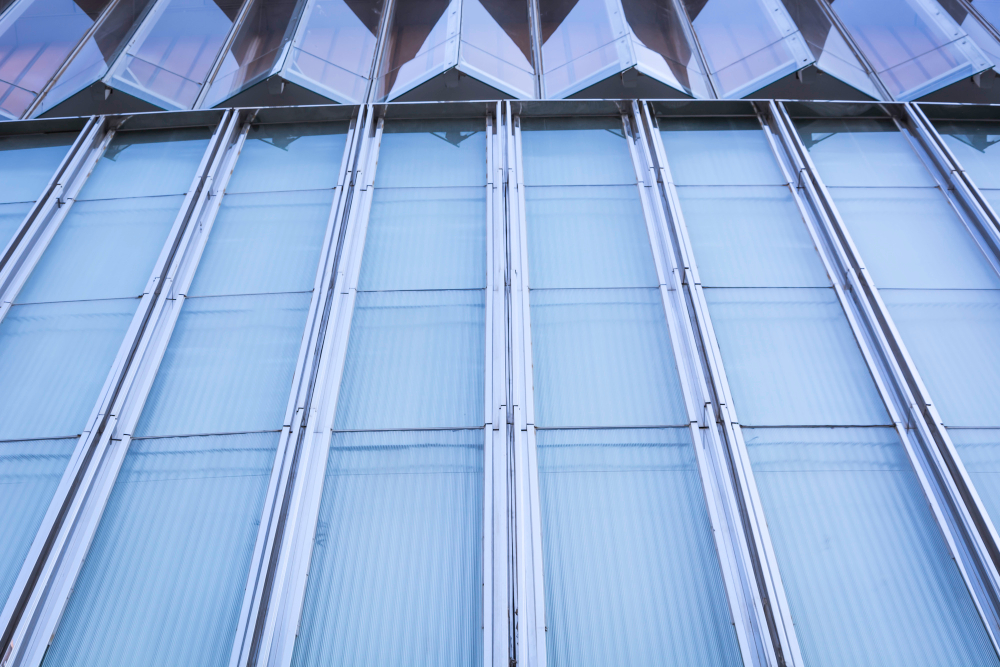When it comes to your rooftop, playing safe is the name of the game. The roof ain’t just for the birds, It’s for you, me, and anyone who dares to climb high.
But wait, before you go up there, you gotta pack some gear. Not just any accessories but the right roof safety equipment.
Read on to discover the must-have tools that make your rooftop romp a secure and enjoyable experience. Let’s get started!
1. Roof Safety Harness
This is your best bud when you’re up there with the birds. Think of it like a giant hug that keeps you safe. It’s a belt that you wear around your waist and shoulders.
If you were to slip or fall, it catches you and stops you from hitting the ground. Additionally, it ties you to the roof, and it’s adjustable to fit you just right.
This essential gear gives you the freedom to move around on the roof while keeping you safe.
2. Roofing Boots
These boots got special soles like suction cups. They stick to the roof like a magnet to a fridge. So even if the roof is wet, steep, or both, you don’t slip.
Plus, they’re super comfy and make you feel like you’re walking on a cloud. These are the real MVPs as they will keep us from falling off the roof and hurting ourselves.
3. Roofing Guardrails
These handy rails are your shield, preventing you from a tumble off the edge. No matter where you wander on your roof, the guardrails are there for you.
Imagine them as your rooftop’s boundary line, always looking out for you. They’re built tough and tall, ready to take a hit, so you don’t have to.
Plus, setting them up is a breeze. No big tools, no complicated instructions. Just you, the guardrails, and a safer rooftop.
4. Roof Anchors
Roof anchors are strong, durable devices typically mounted directly onto the roof. They act as secure points for your safety harness to attach. They act like a dock for a boat, keeping you secure even amidst a sea of potential mishaps.
In addition, they come in many styles to suit different roof types. They’re easy to install, but they pack a punch in terms of homeowner safety. Once deployed, they provide a secure, reliable connection point for your safety harness, reducing the chances of a dangerous slip or slide.
They help distribute the force of a fall, minimizing potential damage and keeping you safe and sound. So, before you ascend those heights, make sure you have solid roof anchors in place.
5. Lanyards
Lanyards are stretchy and sturdy. If you were to trip, the lanyard stretches out to slow your fall. So, you don’t get a sudden jerk, but a slow, safe stop.
They can also adjust in length and can be adjusted if you want to make it shorter so you stay close to your anchor. Furthermore, they are like your personal safety switch, keeping you close and safe when you’re walking on the roof. This is the reason why they’re a must in your roof safety toolkit.
6. Roofing Gloves
These gloves are not just about keeping your hands clean. They are designed with heavy-duty materials, and they protect your hands from cuts, scrapes, and punctures.
They can also enhance your grip to prevent slips and mishaps. Additionally, they feature specially designed textures and patterns on the palm and fingers to provide superior grip.
This means you can comfortably hold onto tiles, tools, and ladders without worrying about losing your grasp. Finally, they are crafted to fit well, preventing chafing and blisters while allowing for full finger movement.
7. Scaffold Systems
These towering structures provide a stable, elevated platform to work from. They are essentially temporary frameworks, often made of steel or aluminum, that you can climb on, walk across, and work from.
They also allow you to reach various parts of your roof without constantly moving a ladder. They have guardrails and toe boards around their edges to prevent falls. This makes them a safer alternative to ladders, especially when working at great heights.
In addition, they provide a large working area, allowing you to keep all your tools within arm’s reach. This not only saves time but also reduces the risk of accidents caused by tools falling from the roof.
8. Safety Helmets
Picture these helmets as your hard-shell shield, specifically designed to protect the most important asset you’ve got, your head. They’re built to:
- withstand impacts
- safeguarding your noggin from potential falls
- flying debris
- accidental hits from tools
Moreover, they come with adjustable straps, ensuring a secure, comfortable fit for all. They are also typically lightweight to avoid causing any strain during long hours of work.
Most of them feature a suspension system inside the helmet to disperse the impact force, reducing the risk of injury. Some even come with a brim to shield your eyes from the sun, improving visibility while you work.
9. Roof Nets and Ropes
These two elements often work together to provide an extra layer of safety for those daring enough to take on heights.
Roof nets are made to catch falling objects, including, in worst-case scenarios, people. They’re made from resilient materials to withstand not only the weight of a person but also harsh weather conditions.
Ropes, on the other hand, have a variety of uses in roof safety. They’re made from high-strength materials like nylon or polyester, designed to withstand high loads without snap.
By adding these two simple tools to your list, you’ll be taking a big step towards ensuring your rooftop tasks are safe. Even if you’re a rope access technician, you should still maximize efficiency and, above all, always prioritize your safety.
A Homeowner’s Guide to Roof Safety Equipment
Each piece of roof safety equipment has its unique role in protecting you as you navigate the often tricky terrain of your rooftop. Don’t underestimate the importance of these essential gear. They could be the difference between a safe and dangerous situation.
So before you climb up on your roof, make sure you’re fully equipped with these must-have tools. Don’t have these essentials yet? Get your gear today and make your rooftop tasks safer and easier!
Did you find this article helpful? Check out the rest of our blog now!











